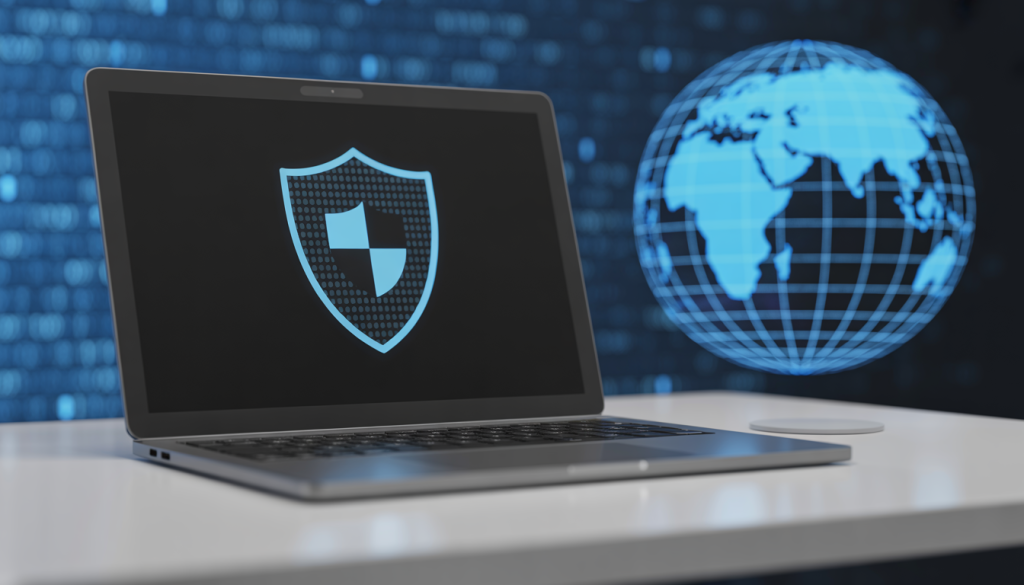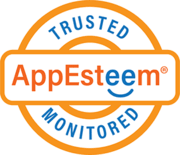
Keeping your computer free from viruses is vital for both performance and security. Viruses can wreak havoc on your system, risking data loss and compromising personal information. This guide will show you how to effectively remove a virus from your computer, ensuring your system stays safe and efficient.
How to Know if Your PC Has a Virus
Spotting a virus early is key to protecting your data and computer performance. Here are some telltale signs your computer might be infected.- Slow performance: A sluggish computer might be dealing with a virus hogging its resources. Learn more about assessing your computer’s speed.
- Unexpected crashes: Frequent crashes or blue screens can indicate a virus disrupting normal operations. Discover solutions to fix errors, crashes, and freezes.
- Strange pop-ups: Unwanted ads or pop-ups often suggest a malware infection.
- Unfamiliar programs: New programs you didn’t install could be a sign of a virus.
- Excessive hard drive activity: If your hard drive is constantly using resources even when idle, it might be infected.
Scan for Malware
Regular malware scans are crucial for preventing infections and maintaining performance. Here’s how to conduct a malware scan.- Use built-in tools: Most operating systems include built-in security tools. For Windows, utilize Windows Defender by searching for ‘Windows Security’ in your start menu, then navigating to ‘Virus & threat protection’ and selecting ‘Quick scan.’
- Consider third-party software: Consider trusted antivirus software like iolo’s System Mechanic® or Malware Killer for comprehensive scans. These tools offer advanced detection and removal capabilities.
- Schedule regular scans: Set up automated scans to ensure your computer is regularly checked for threats.
How to Remove a Virus from Your Computer
Removing a virus might seem daunting, but these steps can help cleanse your system effectively.- Disconnect from the internet: This prevents the virus from spreading and stops data from being sent out.
- Enter safe mode: Restart your computer and press F8 before Windows starts to enter Safe Mode, limiting the virus’s ability to operate.
- Delete temporary files: Use the Disk Cleanup tool to remove temporary files, speeding up the virus scan process. Learn how to clean, fix, and repair your PC for free.
- Run a full virus scan: Use your antivirus software to perform a full system scan and follow instructions to remove detected threats.
- Manually remove the virus: If necessary, manually delete files and registry entries associated with the virus. Proceed with caution as this step is advanced.
- Update your software: Ensure your operating system and software are up-to-date to protect against vulnerabilities.
- Change passwords: After removing the virus, change all your passwords to safeguard your accounts.
PC Virus Check: Best Practices
Regular virus checks are essential for maintaining security and performance. Here are some best practices.- Automate scans: Set your antivirus software to run automatic scans regularly to catch threats early.
- Keep software updated: Always update your antivirus software to the latest version for the most current virus definitions.
- Use reliable antivirus software: Choose a trusted program that offers comprehensive protection. System Mechanic® Pro® and System Mechanic® Ultimate Defense™ are great options for optimizing and securing your PC.
- Be cautious with downloads: Avoid downloading files or software from unknown sources as they may contain viruses.
- Practice safe browsing: Use secure browsing practices and be wary of suspicious links and pop-ups.
Summary and Actionable Steps
This guide explored how to identify if your PC has a virus, how to scan for malware, and how to remove a virus. Key takeaways include:- Recognize symptoms of a virus-infected PC, like slow performance and unexpected crashes.
- Regularly scan your computer for malware using reliable antivirus software.
- Follow step-by-step instructions to effectively remove viruses.
- Adopt good habits for regular virus checks to prevent future infections.








